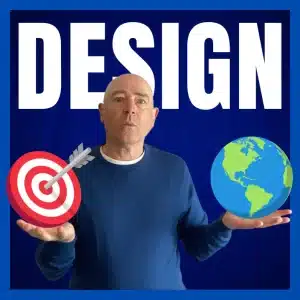As a business consultant, I’m well aware the reason that my job is to create change for my clients. If I don’t create change or worse, I create an undesirable change then that’s not good for my client or for my reputation.
I used to think that there was only one change that mattered. Now I realize there are three essential points of change.
1 From A to B
The first point of change is the most obvious one: the client wants to move from their current situation to a more desirable one. Effectively, they want to shift from starting point A to finishing point B. Most of the time that’s what we all focus on. This is crucial and it’s not enough.
Image: Wikipedia Commons
2 A Kick Start
Recently I was talking with a friend about his experience in working with a naturopath. The first part of their consultation focused on the overall plan for good health in going from ‘A to B’.
- What’s the problem?
- How do we resolve it?
Once that overall strategy was planned, the naturopath then started talking about giving the patient a double dose of certain supplements to give the immune system a kick start.
This is the second point of change you want to cause for your clients – a fast start so we can notice some change taking place. Projects always start a little slowly because there is a time-lag between our actions and the results they produce. Thus it’s crucial to manage this and maintain the enthusiasm for the project when you’re starting out.
[Tweet “Three changes to manage with every client you work with #change”]
3 Change Between Sessions
In our recent podcast interview with Mark Molony we talked about the difference between Mindfulness and Meditation. We suggested that a meditation session was an intense practice whereas mindfulness was everything you did between the meditation sessions.
This is third point of change for working with your clients. Typically when we work with clients we meet and then both parties go off to complete some tasks before you meet again.
The key point here is that it’s not about the task. The focus should be on what is being learnt between sessions. If you can design situations for learning to occur between when you meet you’ll make a bigger difference in a shorter period of time.
COMMENT: Which change do you usually focus on?




